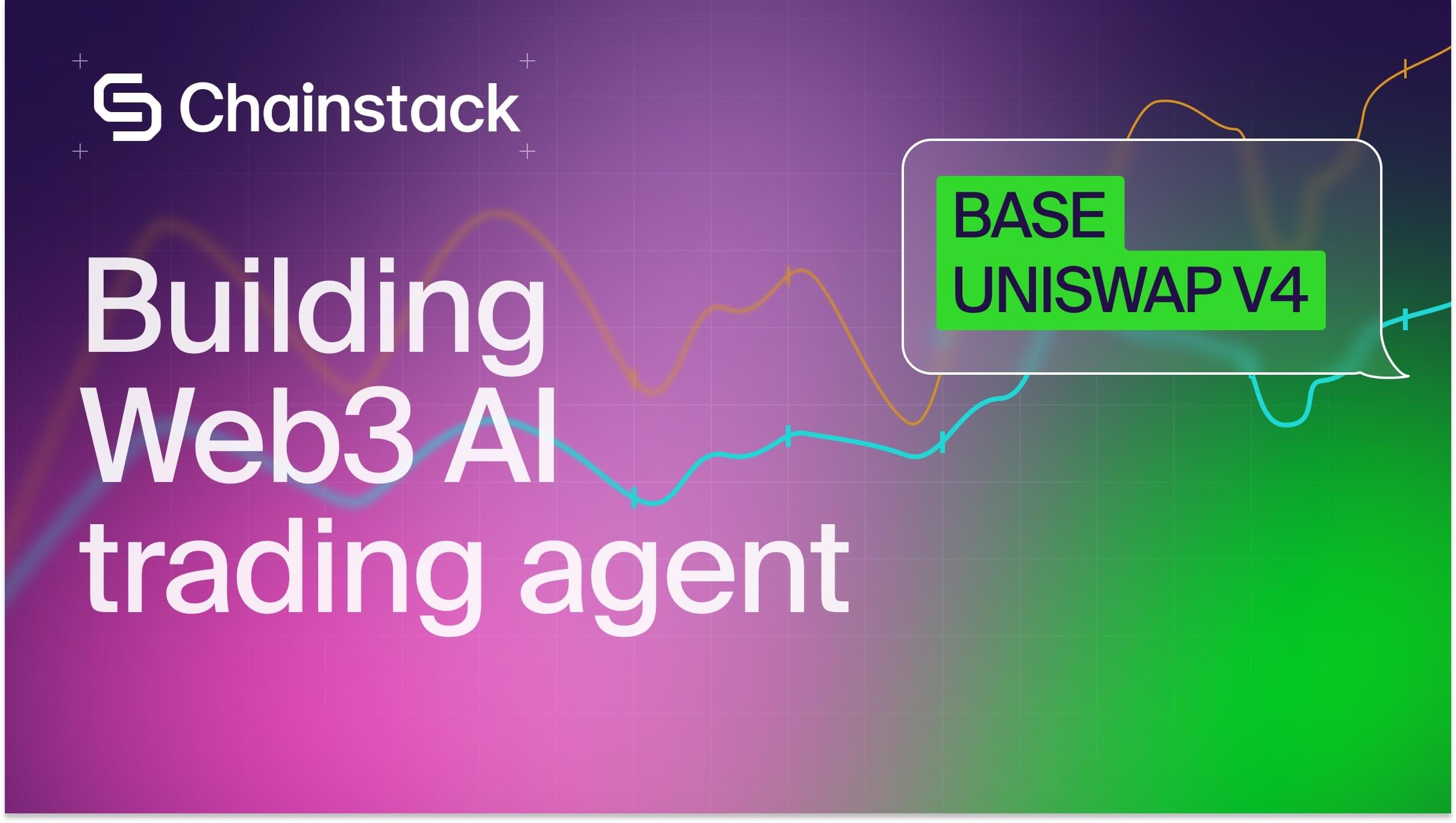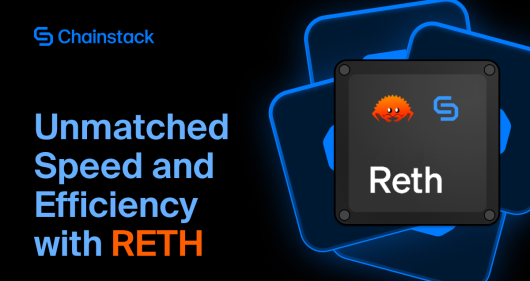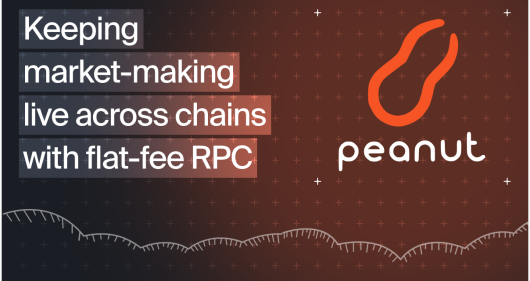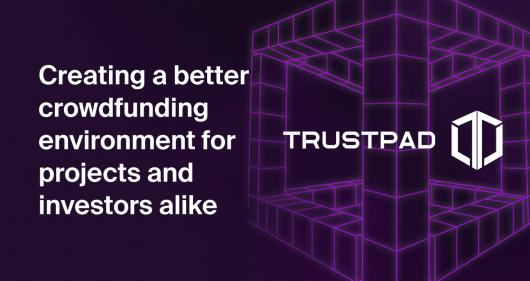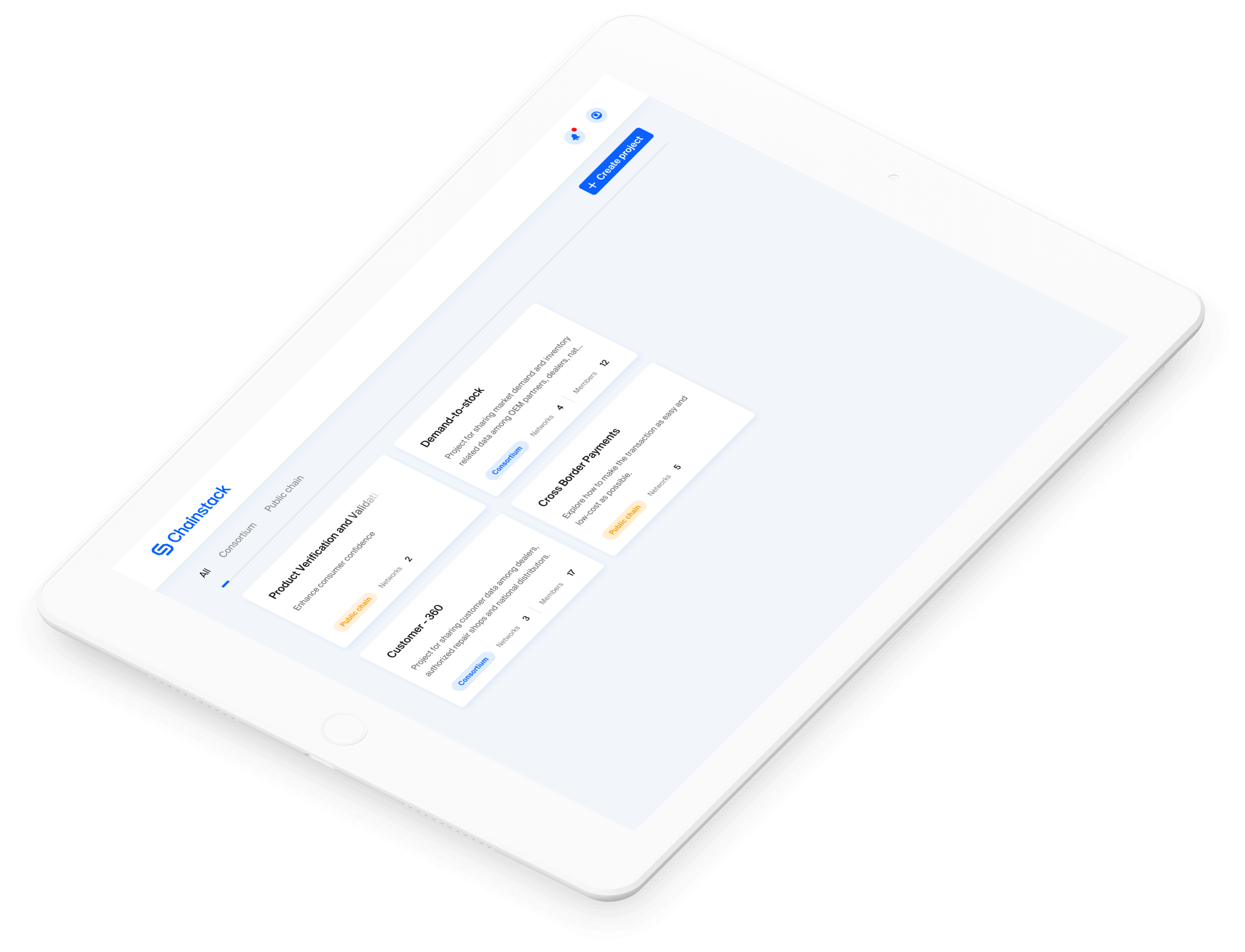How to get a Hyperliquid RPC endpoint (2025)
Learn how to access Hyperliquid RPC endpoints for both mainnet and testnet, choose between public and private options, and set up a reliable RPC provider.
Hyperliquid is an L1 with a native order book, no gas fees, and a custom EVM-compatible VM. It’s optimized for onchain trading, and has started to see serious usage from traders, onchain funds, and power users building bots and infra on top.
Yet, Hyperliquid public RPCs are starting to hit limits as more developers plug in. Starting August 9, Hyperliquid will enforce a 100 requests/minute rate limit on HyperEVM RPC endpoints. According to the core team, most users shouldn’t be affected, but if you’re running a trading bot, real-time indexer, or anything latency-sensitive, this throttle can break your flow.
To keep building uninterrupted, you have two real options:
- Run your own HyperEVM RPC node (non-validator), or
- Use a Hyperliquid RPC node provider with reliable, high-performance access to the chain, such as Chainstack.
In this post, we’ll cover both, explaining what it is, the difference between public and private access, and how to spin up a production-grade endpoint using a reliable RPC provider.
What is a Hyperliquid RPC endpoint?
A Hyperliquid RPC endpoint lets you read data from the HyperEVM (the chain’s EVM-compatible execution layer) over HTTP. If you’ve worked with Ethereum, this will feel familiar: the HyperEVM implements a subset of the standard JSON-RPC API used across EVM chains.
Hyperliquid runs two execution environments under one consensus: HyperCore, the trading engine that handles the order book and exchange logic, and HyperEVM, the smart contract layer. RPC endpoints only expose the EVM layer. Trading actions are routed through a separate API path with different capabilities.
When you send a request to a Hyperliquid RPC endpoint, you’re querying data or simulating state transitions from the HyperEVM. The RPC is used to read contract state, check balances, fetch logs, and simulate calls, but not to send transactions. Execution happens off-path, through a separate submission layer that functions more like a sequencer than a traditional mempool.
Hyperliquid RPC layer is designed to support bots, dashboards, indexers, and other offchain infra that rely on fast, consistent access to chain data.
This makes the choice of RPC provider (or the decision to self-host) especially important if you’re building production infrastructure.
Public vs private Hyperliquid RPC endpoints
There are two ways to access the HyperEVM RPC: through the public endpoint maintained by the core team, or via a private RPC, either self-hosted or through a provider like Chainstack.
The public RPC is free and open, but it’s shared by everyone (Note: Starting August 9, it will be rate-limited to 100 requests per minute). That’s more than enough if you’re occasionally querying contract state or building a prototype, but if you’re indexing events, polling prices, or running bots with real-time requirements, you’ll hit that ceiling fast.
Private RPC endpoints remove that bottleneck. You can run your own Hyperliquid node with RPC access enabled (non-validator mode), or use a provider that handles the infra for you. In both cases, you’re getting better throughput, lower latency, and far more predictability. Some providers also offer global routing, request-level observability, and SLAs, none of which you get from the public RPC endpoint.
In short: if your app makes a few dozen requests per minute, public is fine. If you’re operating above that (especially across multiple regions or users), you’ll need a private RPC endpoint.
How to get a private Hyperliquid RPC endpoint on Chainstack
Chainstack now supports private Hyperliquid RPC endpoints via GEN, available on all paid plans. These endpoints offer higher request throughput than the public RPC, removing the 100 requests/minute limit per IP.
To get started:
- Log in to your Chainstack account. Create an account if you don’t have one.
- Create a new project or select an existing project.
- Choose Hyperliquid as your network and select mainnet or testnet.
- Deploy a node configured for Hyperliquid RPC access.
- Once deployed, your private RPC URLs, including the /evm and /info endpoints, will be available in your node dashboard.
You can then use these endpoints in your trading bots, indexers, or real-time apps without worrying about public rate limits.
Chainstack also gives you visibility into how it’s performing: logs, metrics, and request data. You can also lock it down with Access rules to avoid leaking keys or getting spammed.
Here’s what it looks like to spin up your own HyperEVM RPC endpoint in less than two minutes with Chainstack:
How to get a public Hyperliquid RPC endpoint
Hyperliquid provides a free, publicly accessible HyperEVM RPC endpoint—ideal for testing, prototyping, or light scripting. It’s maintained by the core team and can be used without signup, but as of August, it’s rate‑limited to 100 requests per minute per IP.
The official Hyperliquid public RPC URLs are:
Mainnet:
https://rpc.hyperliquid.xyz/evmTestnet:
https://rpc.hyperliquid-testnet.xyz/evmThese endpoints support standard read-only JSON-RPC methods like eth_call, eth_getLogs, and eth_blockNumber. They do not support transaction submission or gas estimation.
Conclusion
Hyperliquid’s onchain trading architecture demands fast, reliable access to chain data, but the public RPC now comes with hard limits. For anything beyond prototyping, you need infrastructure that can keep up with your app.
Whether you’re polling state every second, indexing logs in real time, or just want to avoid rate limits altogether, private RPC endpoint access is the way forward.
Power-boost your project on Chainstack
- Discover how you can save thousands in infra costs every month with our unbeatable pricing on the most complete Web3 development platform.
- Input your workload and see how affordable Chainstack is compared to other RPC providers.
- Connect to Ethereum, Solana, BNB Smart Chain, Polygon, Arbitrum, Base, Optimism, Avalanche, TON, Ronin, zkSync Era, Starknet, Scroll, Aptos, Fantom, Cronos, Gnosis Chain, Klaytn, Moonbeam, Celo, Aurora, Oasis Sapphire, Polygon zkEVM, Bitcoin and Harmony mainnet or testnets through an interface designed to help you get the job done.
- To learn more about Chainstack, visit our Developer Portal or join our Discord server and Telegram group.
- Are you in need of testnet tokens? Request some from our faucets. Multi-chain faucet, Sepolia faucet, Holesky faucet, BNB faucet, zkSync faucet, Scroll faucet.
FAQ
As of August 9, 2025, the official public HyperEVM RPC is limited to 100 requests per minute per IP. This applies to both mainnet and testnet endpoints provided by the Hyperliquid core team.
No. The HyperEVM RPC is read-only. You can use methods like eth_call
, eth_getLogs, and eth_blockNumber, but all execution (e.g., placing orders) is handled separately by the protocol.
 Ethereum
Ethereum Solana
Solana Hyperliquid
Hyperliquid Base
Base BNB Smart Chain
BNB Smart Chain Monad
Monad Aptos
Aptos TRON
TRON Ronin
Ronin zkSync Era
zkSync Era Sonic
Sonic Polygon
Polygon Unichain
Unichain Gnosis Chain
Gnosis Chain Sui
Sui Avalanche Subnets
Avalanche Subnets Polygon CDK
Polygon CDK Starknet Appchains
Starknet Appchains zkSync Hyperchains
zkSync Hyperchains











